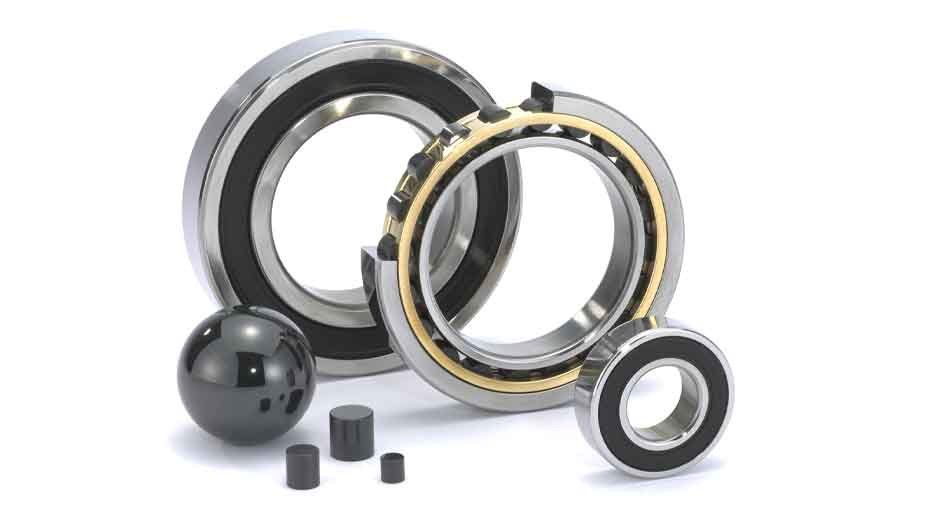From aerospace turbine blades to biomedical implants, modern ceramic components must withstand forces that would shatter ordinary glassware. Before any design leaves the lab, engineers put prototypes through a battery of mechanical tests that expose hidden flaws, verify digital simulations, and build confidence in real-world performance.
Knowing why each test matters helps product managers, designers, and quality teams speak the same language when schedules are tight and tolerances unforgiving.
Flexural Strength: The Three-Point Story
Bending tests are a gateway for ceramic prototypes because flexural strength predicts how a part will fare under daily loads, not just catastrophic hits. In a three-point setup, a polished bar rests on two rollers while a third pushes downward until fracture.
Span length, loading rate, and edge chamfers influence the outcome, so technicians machine specimens precisely and run repeats to tame statistical scatter. Engineers read the stress-strain curve and the single pop that ends it, then adjust grain size, porosity, or glaze to boost break strength.
Fracture Toughness: Chasing the Crack
Strength alone cannot tell the whole story; ceramics are notorious for brittle failure, so fracture-toughness testing measures how much energy a growing crack can absorb before letting go. Common methods, such as single-edge-notched beam (SENB) or chevron notch, introduce a starter flaw, then steadily load the specimen until the crack accelerates.
High-speed cameras and compliance monitoring record the crack-mouth opening displacement in microns. When the K<sub>IC</sub> value rises after a formulation change—perhaps adding zirconia particles—designers gain quantitative proof that microcracks will blunt rather than race through the part.
Hardness and Wear: Surface Survivors
Where sliding seals, cutting edges, or joint replacements face constant abrasion, hardness and wear tests show whether a glaze or bulk ceramic will last a million cycles. Vickers or Knoop indenters press pyramidal diamonds into the surface at controlled loads; diagonal length translates to hardness, while radial cracks hint at residual stress.
Pin-on-disk rigs extend the evaluation by dragging an alumina ball across the sample, logging wear-track depth in nanometers. Small tweaks—glass reduction at grain boundaries or silicon carbide whiskers—often deliver outsized gains against grit and fatigue.
Thermal Shock and Fatigue: Beating the Heat Cycle
Even the strongest bar can crumble when oven doors open or turbines throttle down, so thermal-shock and cyclic-fatigue tests mimic the sudden temperature swings that ceramics dread. Samples cycle between 25 °C water and a 700 °C furnace, while infrared cameras log surface gradients and acoustic sensors listen for microfracture pings.
Engineers plot residual strength versus cycle count to spot the knee where damage accelerates. If in-house ovens are booked, partnering with a reputable ceramic consulting service can fast-track the schedule and interpret borderline results.
Conclusion
Mechanical testing may look destructive, yet it ultimately preserves value by catching weak links early. By combining flexural, toughness, hardness, and thermal assessments, developers build ceramics that meet code, satisfy customers, and truly stay intact far beyond the lab scoreboard. That diligence keeps supply chains smooth and reputations securely intact.










